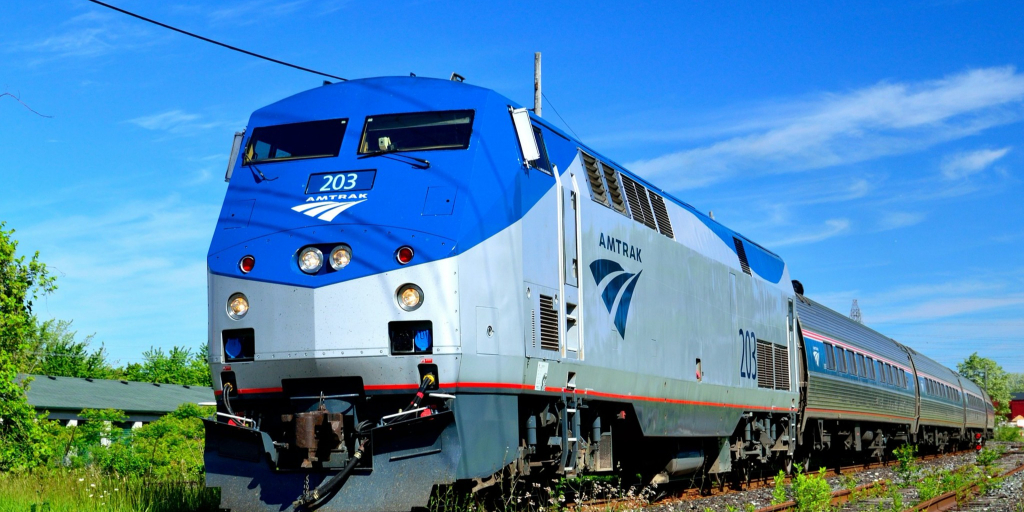Between June 24, 2011, and April 3, 2016, there were nine Amtrak accidents in which nineteen people were killed and at least six hundred passengers were injured. In eight of the accidents, the cars derailed. The direct causes of the accidents involved a train hitting rocks, cattle feed truck, tractor-trailer, a truck and a train speeding in a curve out of control.
The last recorded Amtrak accident was on December 18, 2017. While this inaugural Amtrack train route could carry two hundred and fifty people, on December 18th, there were at least seventy-eight passengers and five Amtrak crew members. This route was the first time the train was running, leaving the Tacoma, Washington station, setting a course with the high-speed Amtrak Cascades 501 through the Point Defiance Bypass, from Seattle to Portland, Oregon.
After the train left the Tacoma station, it derailed traveling at least 80 miles per hour at a curve which allowed only 30 miles per hour and the engine and four passenger coaches fell over an overpass with two dangling, and the other two fell onto the busy southbound lanes onto Interstate 5. A truck trailer and a passenger car were damaged. As a result of the derailment, three passengers were killed, and at least 80 passengers were injured.
Of the first lawsuits to be filed, one was one by a conductor in the lead engine that derailed, 48-year-old Garrick Freeman. Mr. Freeman filed a complaint because he suffered severe injuries to his pelvis and ribs. He will require extensive rehabilitation to relearn how to walk. A passenger, Pennie Contrell broke her collarbone and ribs. She also suffered an injury to her neck and internal injuries.
The National Transportation Safety Board is investigating this accident. Some issues to be investigated is the exact cause of the accident, whether the conductor and the crew were adequately trained to operate and navigate the new route and whether a system of positive train control could have avoided the accident. Further, before the accident, both engineers and conductors, like Mr. Freeman, complained that they informed their supervisors that they were not adequately trained to navigate the new high-speed rail system. However, notwithstanding Freeman’s concerns, Amtrak placed him in the lead engine the morning of the accident.



